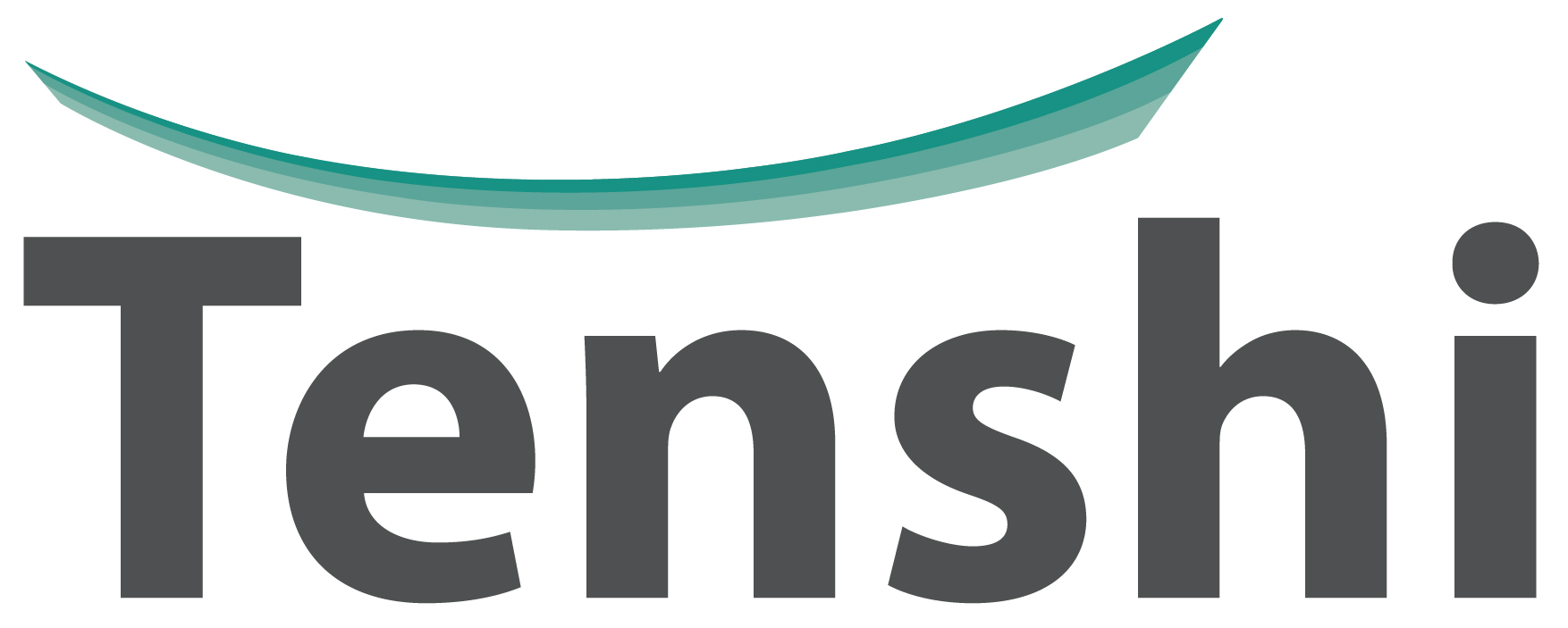
One of the most amusing aspects of the rise of the smartwatch has been observing a generation that had abandoned traditional watches remember that it can actually be pretty useful to have a device on your wrist telling the time.
But this dichotomy – a high tech device that reminds us of a lo-fi solution that previous technological advances had apparently superseded – also raises a pretty serious question about the validity of the smartwatch model.
Wearable technology is, for many people, all about convenience, about checking your email without the bother of getting your phone out of your pocket.
But if, to do this, you need an extra device (supposing you are one of the millions of people who have given up on watch wearing), then is the smartwatch (or, for that matter, the fitness band) really that convenient? Isn’t it, in fact, something of a step back?
This may sound like nit picking. But already this question has got many people within the tech industry thinking, including the boffins at Google’s Advanced Technology and Projects group. Their conclusion: why wear a smartwatch or band when you could be wearing smart clothes?
“We already have clothes,” Ivan Poupyrev, technical program lead at Google ATAP, told NewsWeek. “Why do you need a wristband to measure your steps or heartbeat when your shoes or shirt could do it more accurately?”
Their answer to this is Project Jacquard, an undertaking that raised many eyebrows at Google’s recent I/O 2015 conference.
The aim of Project Jacquard is to make it possible to weave touch and gesture interactivity into any textile using standard, industrial looms. That may sound rather far fetched but the structure of textiles is, in fact, the same as the structure of a touchscreen, Poupyrev explains. As a result, if you replace some of the threads in textiles with conductive threads it should be simple to weave a textile that can recognise simple touch gesture.
Combine this with a tiny electronic device – and Google are talking about something the size of a button – that will transmit these signals to your phone and you have connected clothes, truly wearable devices.
“It’s a normal jacket, [a] tailored-made jacket. It’s not a ‘wearable’,” Poupyrev told TechRadar. “It’s not some special thing.”
That sounds pretty impressive. But what could you actually do with connected clothing? For the moment Google is being fairly coy, insisting that it will take a back seat to the needs and desires of designers.
“Jacquard is a blank canvas for the fashion industry,” Google says on its website. “Developers will be able to connect existing apps and services to Jacquard-enabled clothes and create new features specifically for the platform.”
At I/O, however, the company showed off several possibilities of connected clothes, including using a touch area to control music playback and volume on a smartphone, and to adjust the lighting.
Poupyrev told TechRadar that Jacquard-enabled clothes could do “pretty much everything activity trackers can do”. “Every wearable is one thing,” he added. “We can probably integrate all of those different function[s] in our garments right away.”
But if Google doesn’t want to go into specifics of what connected clothing could do, then there are several other people who will.
Sophie-Lucie Dewulf, a senior editor and fashion trend expert at future forecaster WGSN, told NewsWeek that connected clothes could be used for pressure measurement (for health), heating (for wellbeing) and illumination (for promotion or safety).
Modern Edge, a design and development firm in Portland, has gone even further in a research paper it recently published on “threadcasting” (in collaboration with Oregon State University).
“We see wearables going back into apparel at significant consumer scale,” the paper claims. “In this next stage, wearable technology will be designed into garments such that their function and experience is in line with consumer experience typical of clothing makers.”
The company believes that threadcasting could change our lives in a number of important ways. It could, for example, enhance real-world personal relationships, as Stephanie Battista, a senior design program manager at Modern Edge, told the Portland Business Journal.
“If you study groups of young people, many of the interchanges they have even when physically together are through their devices,” she said. “If some of the communication technology they use could be part of their clothing and not a separate device, it could work to encourage more personal interactions between people.”
Users could, she explained, communicate personal information with a connected garment, shaping conversations around shared interests – your favourite football team, say, or your taste in music.
We have all surely had the experience of wracking our conversational brains to find common ground when sat next to a stranger at a dinner party. Imagine if your connected T-shirt could do it for you, saving you hours of pain.
Maybe this sounds a little far fetched. But connected clothing is already on the market: Athos produces what it claims is “the world’s first smart fitness apparel”, which measures muscle activity, heart rate and respiration in real time. Last year Ralph Lauren launched a Polo Tech shirt, with sensors knitted into the product to read biological and physiological information.
Google, meanwhile, says that it hopes to have the new wearable technology on the market by autumn 2016 and already has Levi’s as a partner (albeit in an unspecified role).
But they really key lies in the simplicity of Project Jacquard. Jacquard components, Google claims, are “cost-efficient to produce” and the yarns and fabrics can be manufactured with standard equipment used in mills around the world.
What’s more, Google says that designers can use Jacquard “as they would any fabric, adding new layers of functionality to their designs, without having to learn about electronics”.
The manufacturing base for connected clothes could, then, be vast.
And as for the user base -well, don’t we pretty much all wear clothes? The mind, truly, boggles.
